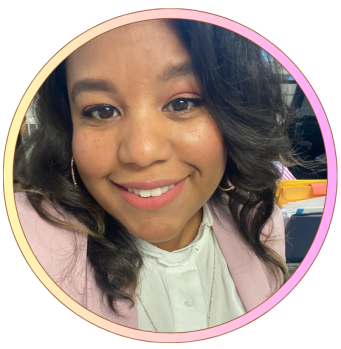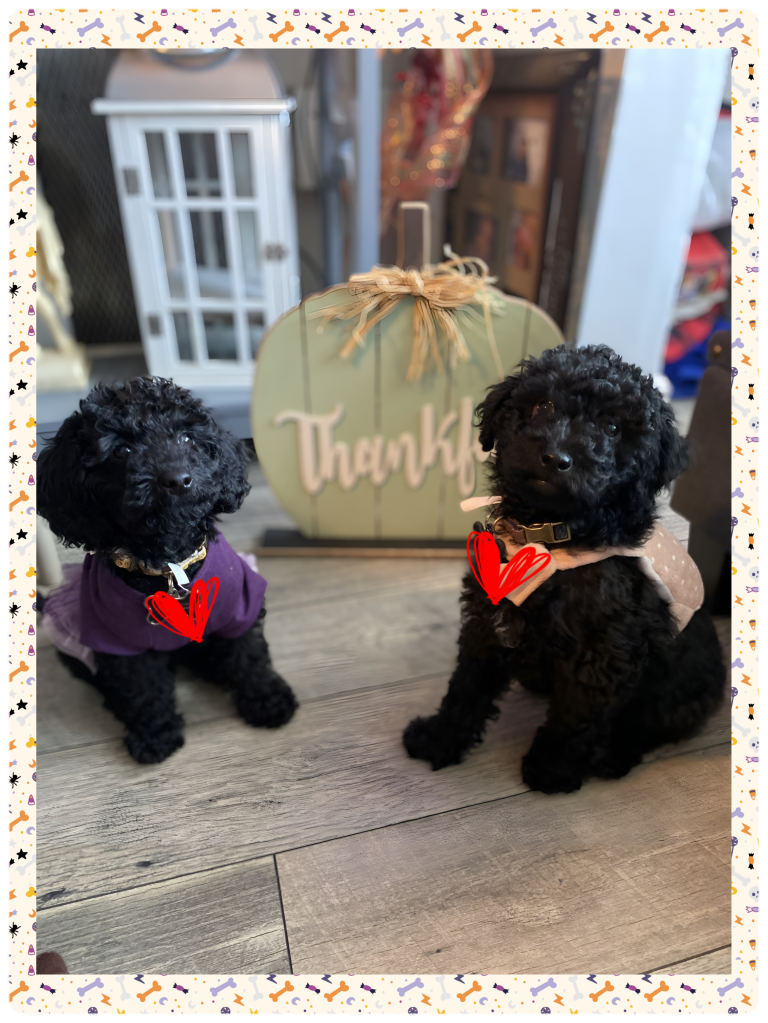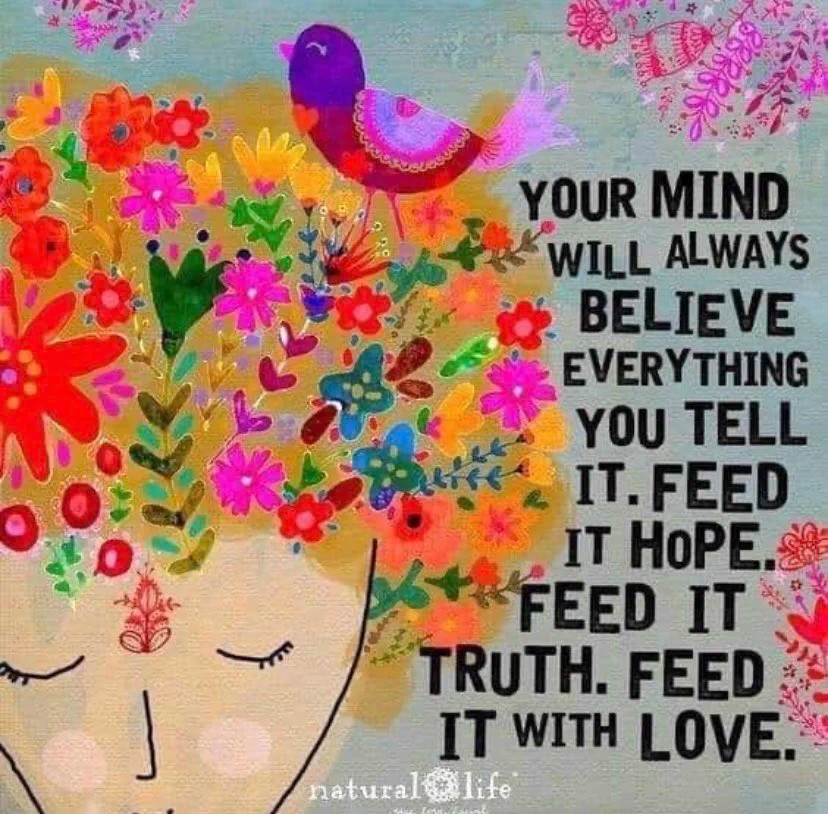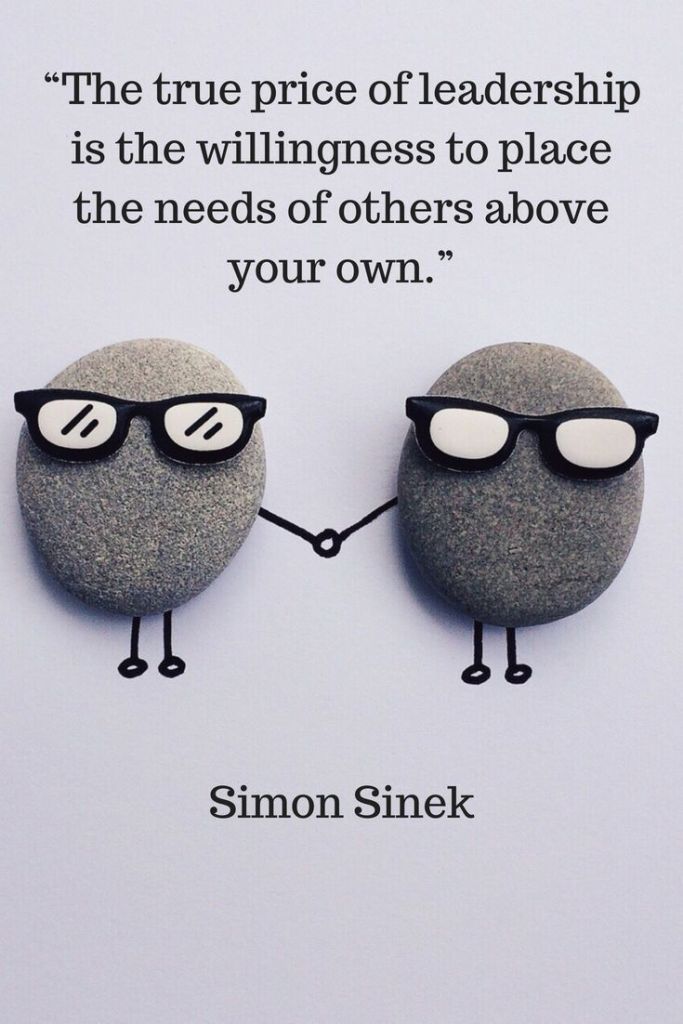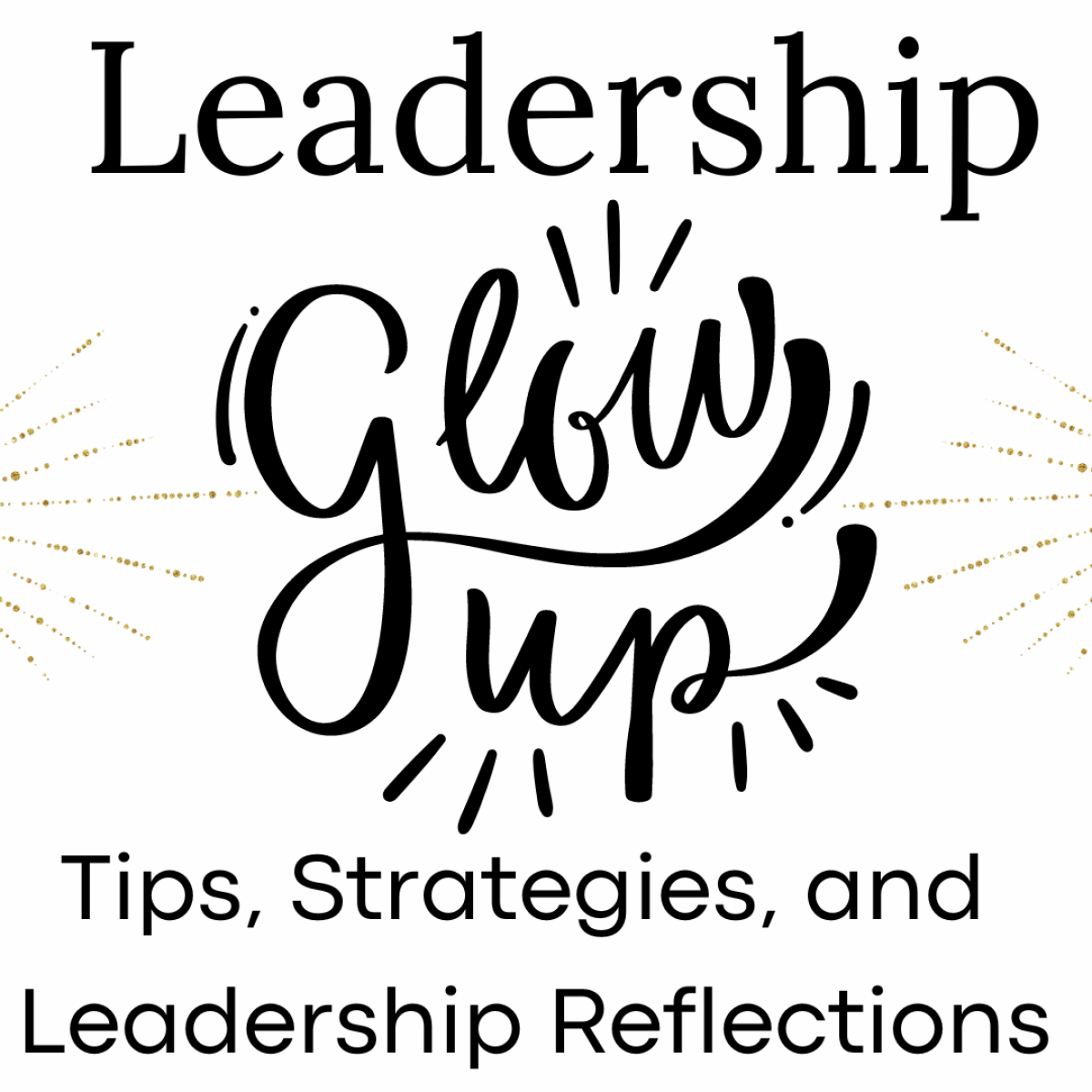In the world of education, there are several days, and weeklong celebrations devoted to acknowledging the efforts of specific groups. There are days devoted to teachers, social workers, librarians, principals, custodial workers, etc. Taking the time to show your teams appreciation can help boost morale, improve work culture, and increase capacity.
But why do we wait for these specific dates to show our appreciation?
This time lapse may be counterproductive to the meaning of ‘appreciation’. Choosing to wait may come across as disingenuous. I personally do not want my teams to think I am just going along with the flow. I want them to know that even on the most difficult days, I value and appreciate their work, input, and perspectives. My appreciation for their daily efforts extends beyond the typical weeklong celebrations.
For that reason, I do not hesitate to let my teams know that I appreciate them. Whenever an opportunity to show appreciation comes along, I take it. I often send emails, written notes, or simple text messages giving my teams a bit of praise and acknowledgement. I find that these small acts of appreciation are more valuable than waiting for an annual celebration.
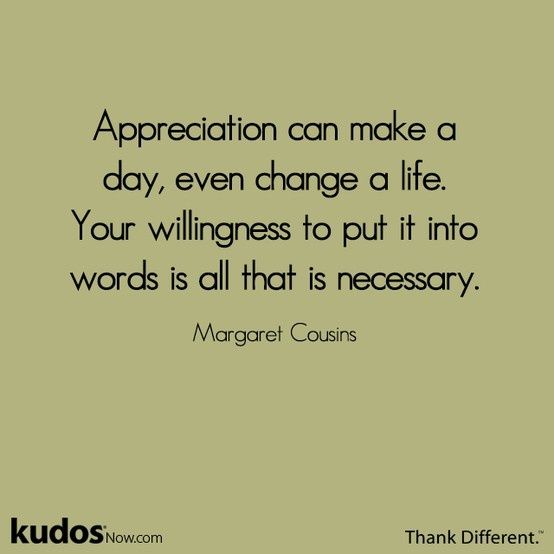
To help get you started, here are two quick and easy ways to increase the frequency through which you show appreciation to members of your team:
- Say, “Thank you.” – A simple “Thank you” goes a long way especially when they are immediate and help to validate the work that an employee is doing.
- Acknowledge effort. – To acknowledge effort, leaders need to be in tune with what employees are doing. This requires frequent check-ins and an understanding of the work that is being done.
Planned and intentional day or weeklong celebrations in honor of employees are great, but you should not wait until then to show appreciation. Take daily steps to show your teams just how much you appreciate them!
Keep going, keep growing, keep glowing… thank you for reading,
Elaine Margarita
